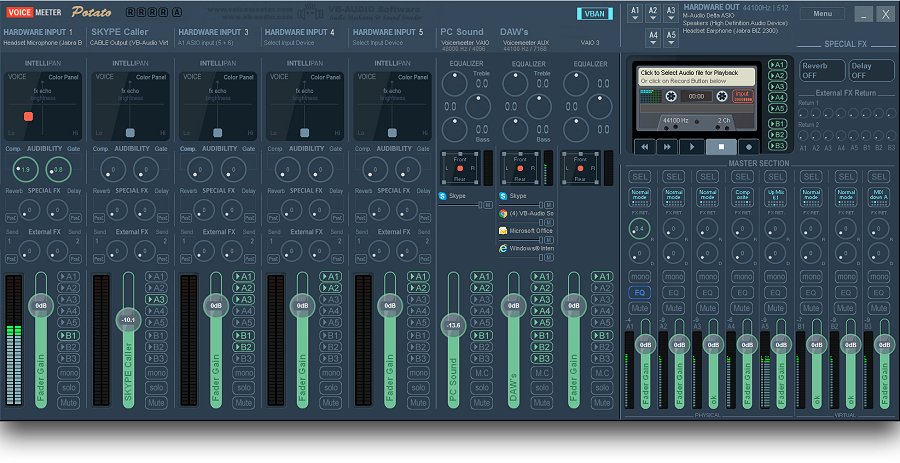

To save you the trouble, I have made shortcuts for all the above mentioned Sound settings. If you want, you can now pin this shortcut to your Taskbar or the Start Menu for quick access, or even assign a keyboard hotkey to it. Select an icon and hit OK to save changes. Here, if you have any icon saved on your computer browse and select it or else type in %windir%\System32\mmsys.cpl in the :Look for icons in this file:” field for sound related icons. Under Shortcut tab, click on the ‘Change Icon’ button. To further customize the shortcut’s appearance, right-click on it and click on Properties. You should now have the sound settings icon on your desktop. Next type in a name for the new shortcut, and click on the Finish button. Communications Tab: %windir%\System32\rundll32.exe shell32.dll,Control_RunDLL mmsys.cpl,3.Sounds Tab: %windir%\System32\rundll32.exe shell32.dll,Control_RunDLL mmsys.cpl,2.Recording Tab: %windir%\System32\rundll32.exe shell32.dll,Control_RunDLL mmsys.cpl,1.Playback Tab: %windir%\System32\rundll32.exe shell32.dll,Control_RunDLL mmsys.cpl,0.System Volume: %windir%\System32\SndVol.exe -f 49825268.Then in “Type the location of the item:” field, copy-paste any of the following paths: This step is common for all the shortcuts. To create a new shortcut, right-click on an empty area on your desktop, and click on New > Shortcut. In this post, I will show you how to create desktop shortcuts for system Volume, Volume Mixer, and sound settings for Playback, Recording, Sounds, and Communications tabs found in the Sound dialog.


 0 kommentar(er)
0 kommentar(er)
